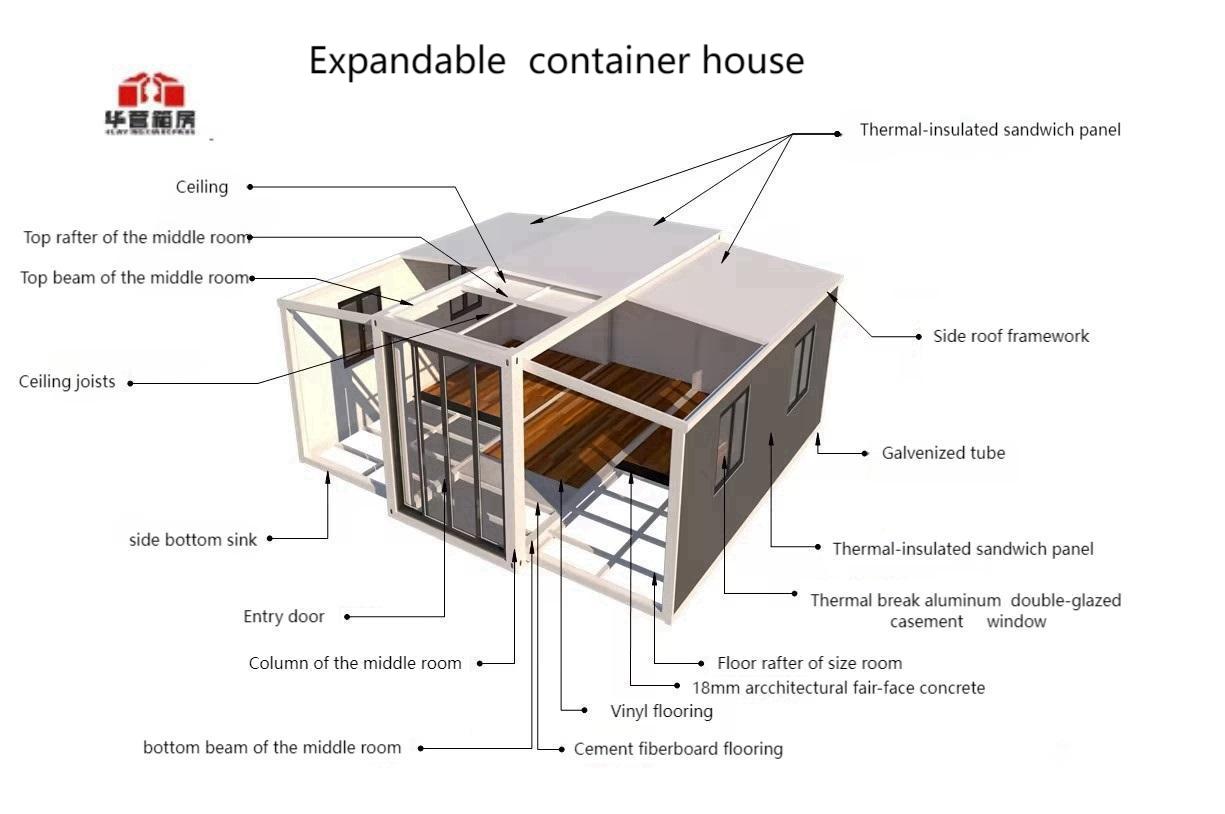Discover how camping containers revolutionize outdoor adventures with secure storage, easy setup, and versatile functionality. This guide covers installation, structural advantages, use cases, and selection tips for transforming shipping containers into mobile basecamps.
Why Camping Containers Are Changing the Outdoor Game
Forget flimsy tents and cramped RVs – camping containers are emerging as the adventure-lover’s ultimate solution. These modified shipping containers offer military-grade durability with surprising comfort, creating instant off-grid headquarters. Unlike traditional setups requiring hours of assembly, camping containers arrive pre-fitted with essentials like solar hookups and insulation. I’ve watched campers transform barren fields into functional bases in under an hour – no engineering degree required. Their steel skeletons laugh at hailstorms and bear encounters, while modular interiors adapt to your gear needs. It’s glamping meets fortress security.
From Industrial Workhorse to Adventure Hub
Camping containers begin as standard 20ft or 40ft shipping containers, but undergo brilliant transformations. The magic happens through:
- Strategic modifications: Insulated walls, ventilation systems, and tempered windows
- Off-grid readiness: Pre-installed wiring for solar panels and water filtration
- Modular interiors: Customizable layouts with fold-down beds and storage solutions
Their rectangular shape isn’t just for shipping efficiency – it creates maximized usable space. I’ve seen setups featuring queen-sized beds, kitchenettes, and gear storage without feeling cramped. The real beauty? They’re future-proof investments. Not using it for camping season? Convert it into a backyard studio or disaster shelter.
Assembly Simplicity That Will Shock You
Watching newcomers react to their first container setup is priceless. That “wait, that’s it?” expression says everything. Modern systems use integrated jack systems and smart engineering:
Key installation features include:
- Self-leveling hydraulic legs compensating for uneven terrain
- Pre-attached fold-out decks that snap into place
- Color-coded electrical connections (no electrician needed)
During a Wyoming expedition last fall, our group deployed three containers faster than others pitched basic dome tents. The video above demonstrates how integrated components eliminate complex assembly – just unfold and secure.
Engineering Secrets Revealed
What makes camping containers structurally superior? It’s all in the design:

The diagram reveals critical features:
- Corrugated steel walls: 14-gauge steel providing rigidity and impact resistance
- Thermal break technology: Foam-insulated cavities preventing condensation
- Integrated tie-down points: Heavy-duty anchors for extreme weather
- Waterproof membrane: Seamless roofing eliminating leaks
Unlike RVs with stress points that crack over time, the monocoque design distributes weight evenly. I’ve seen containers handle 3ft snow loads and 70mph winds that destroyed nearby structures.
Unexpected Applications Beyond Camping
While perfect for basecamps, these containers shine in surprising scenarios:
- Disaster response: Rapid-deployment medical stations or command centers
- Remote workspaces: Instant offices at construction sites with satellite internet
- Mobile workshops: Secure tool storage with built-in workbenches
- Event hubs: Pop-up ticket booths or VIP lounges at festivals
A vineyard client uses theirs as a harvest-season dormitory, while a wildlife researcher tracks wolves from one in the Yukon. Their security features (lockable steel doors) make them ideal for storing expensive equipment at remote sites.
Choosing Your Adventure Pod
Selecting your camping container requires considering:
- Size smart: 20-footers sleep 2 comfortably; 40-foot models fit families
- Climate packages: Arctic-grade insulation vs. basic ventilation
- Power options: Solar-ready vs. generator-compatible systems
- Delivery logistics: Remote terrain requires specialized transport
Pro tip: Opt for corrosion-resistant COR-TEN steel if near oceans. For mountain use, specify extra tie-down points. Always verify local regulations – some areas classify them as temporary structures needing permits.
Transform Your Outdoor Experiences
Camping containers eliminate the trade-off between adventure and comfort. No more sacrificing security for scenery or functionality for mobility. Their rapid deployment means spending less time setting up and more time exploring. As outdoor tech evolves, these steel sanctuaries represent the pinnacle of durable, adaptable shelter. Whether you’re a weekend warrior or expedition leader, they provide a weatherproof home base that travels anywhere your spirit leads. The wild is calling – answer in steel-clad comfort.
